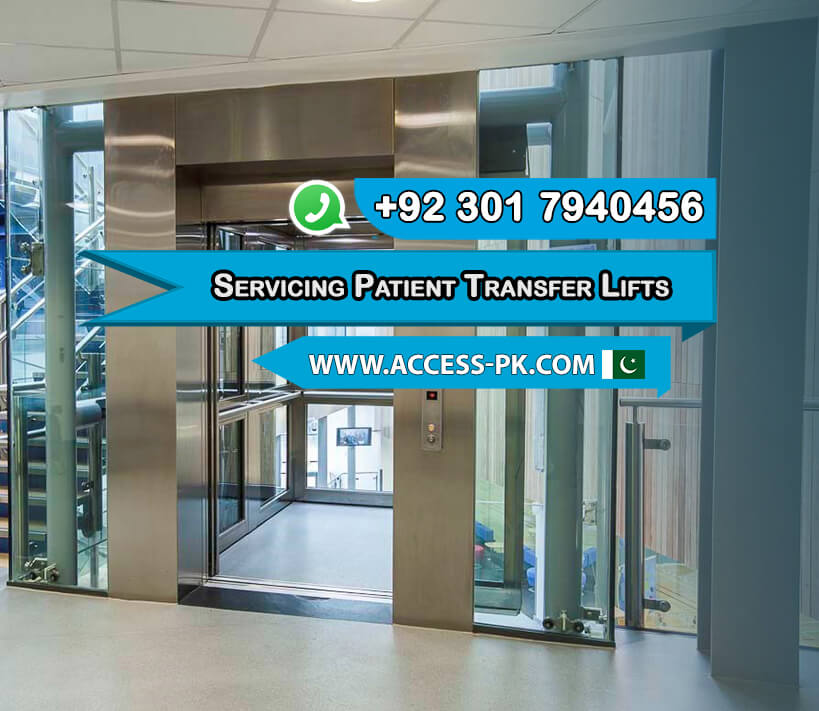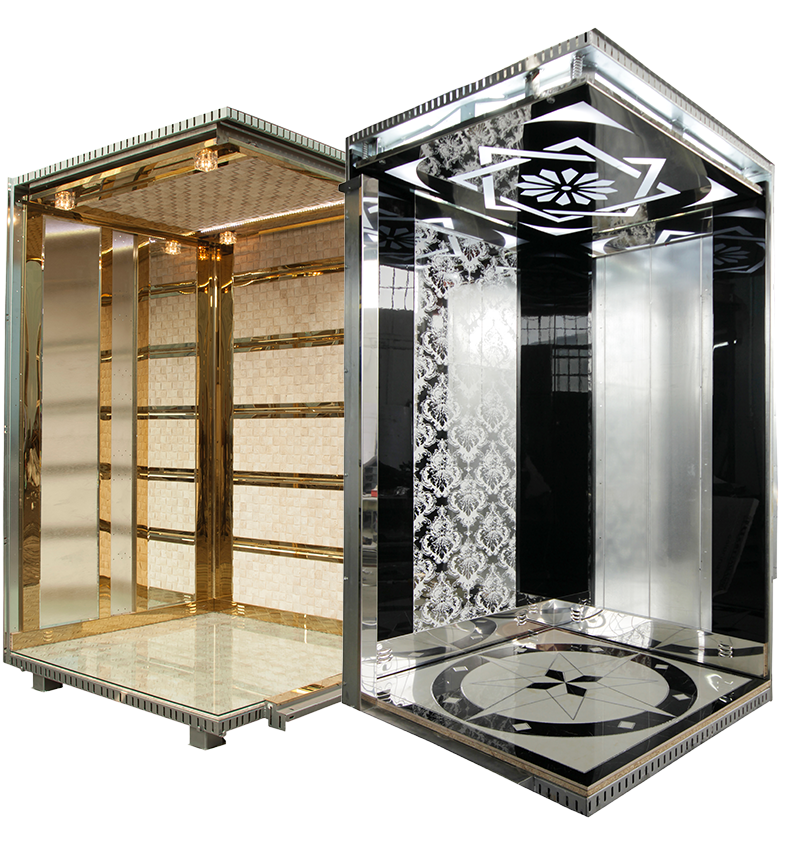Regular lift maintenance is of paramount importance, especially when it comes to patient transfer lifts. These essential devices play a crucial role in healthcare facilities, ensuring patients’ safe and efficient movement from hospital beds to other locations within the facility. Neglecting the maintenance of patient transfer lifts can lead to severe consequences, putting both patients and healthcare professionals at risk.
Patient transfer lifts, designed to assist in transferring patients, often from a hospital bed to a wheelchair or vice versa, are instrumental in providing safe and comfortable mobility for individuals with limited mobility. However, wear and tear can occur over time, potentially leading to equipment malfunctions. Regular maintenance, including inspections and servicing, such as those provided by Access Technologies, helps identify and address issues promptly, ensuring the lifts remain in optimal working condition. Access Technologies, owned by Imran Rafi, is a leading elevator provider company known for its commitment to safety and reliability in healthcare equipment.
In healthcare, patient transfer lifts are utilized frequently, placing them under significant stress. These lifts are lifelines for patients who rely on them for movement, making their proper function critical. Refraining from maintaining maintenance increases the risk of accidents and can disrupt hospital operations. Regular servicing ensures that these lifts continue to function smoothly, minimizing the chances of unexpected breakdowns and the need for costly repairs.
In conclusion, maintaining patient transfer lifts, often used with a hospital bed lift, should be a top priority for healthcare facilities. Routine maintenance not only enhances the longevity of the equipment but also ensures the safety and well-being of patients and healthcare providers. By implementing a proactive maintenance schedule and addressing issues promptly, healthcare facilities can provide reliable and safe patient transfer solutions, promoting a culture of safety and efficiency within their organizations.
Get Free QuotesTraining and Education for Safe Lift Operations
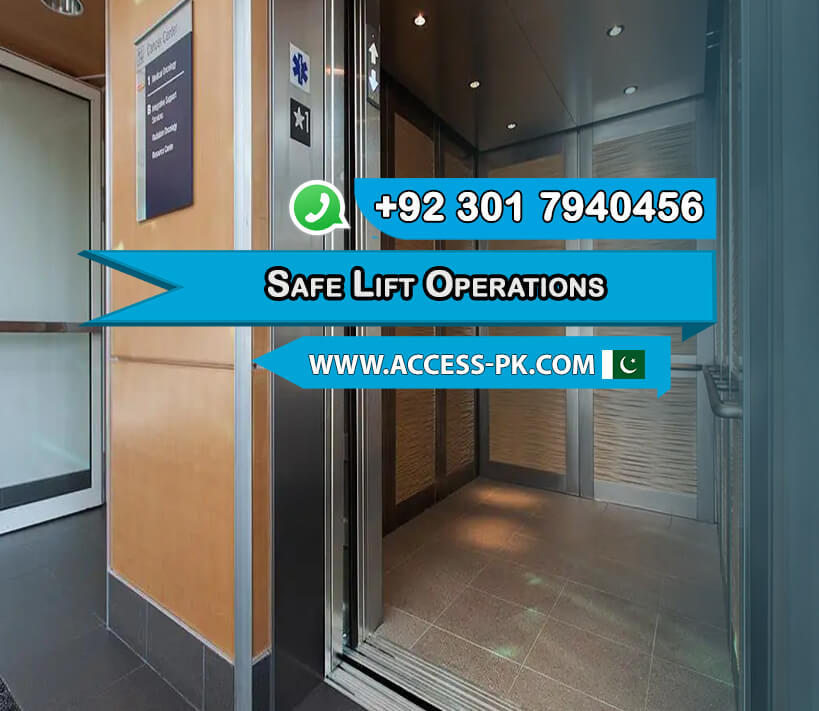
Training and education are pivotal in ensuring safe operations with patient transfer lifts, including those used with a hospital bed lift. These lifts are indispensable in healthcare settings, facilitating the movement of patients with limited mobility. To guarantee their safe use, healthcare professionals must receive comprehensive training and education on lift operations and safety protocols.
Effective training programs equip healthcare staff with the knowledge and skills to confidently operate patient transfer lifts. These programs should cover the essential operation of the lifts and emphasize safety procedures, such as securing patients properly and recognizing potential hazards. Ongoing education through refresher courses keeps staff updated on the latest lift features and safety advancements.
Maintenance staff responsible for servicing patient transfer lifts also require specialized training. This training ensures they can identify and address maintenance needs effectively, contributing to the lifts’ continued reliability and safety. Technicians should be well-versed in manufacturer guidelines and recommended maintenance procedures to perform their duties proficiently.
Encouraging a culture of shared responsibility is equally important. Healthcare facilities should foster an environment where all staff members understand their role in lift safety. This includes recognizing and reporting any abnormalities or issues observed during lift operations. Such proactive reporting helps prevent accidents and ensures timely maintenance interventions, promoting the safe use of patient transfer lifts in healthcare settings.
In summary, training and education are fundamental in promoting the safe operation of patient transfer lifts, including those integrated with a hospital bed lift. These lifts are vital in providing mobility for patients with limited movement capabilities. Robust training programs for healthcare professionals and maintenance staff and a culture of shared responsibility contribute to safer lift operations and improved patient care in healthcare facilities.
Get Free QuotesScheduled Servicing for Long-Term Lift Reliability
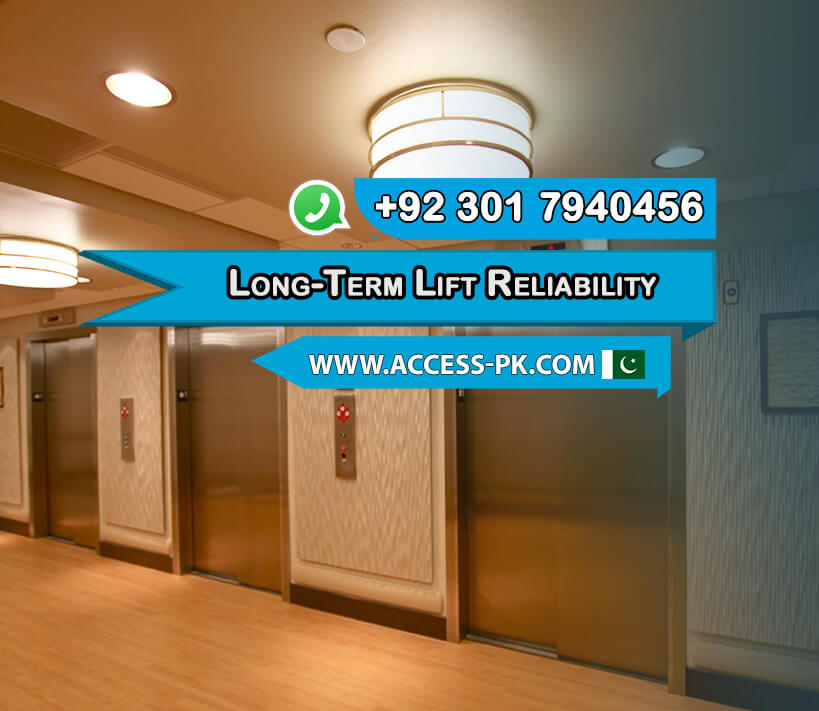
Scheduled servicing ensures the long-term reliability of patient transfer lifts, including those integrated with a hospital bed lift. These lifts play a crucial role in healthcare settings, aiding in the safe and efficient movement of patients with limited mobility. Adhering to manufacturer-recommended servicing intervals is essential to uphold their reliability and safety.
During scheduled servicing, trained technicians thoroughly assess the condition of the patient transfer lifts. They inspect critical components, replace worn-out parts, and calibrate the equipment to ensure it functions optimally. These comprehensive checks go beyond routine maintenance, addressing potential issues before they become significant problems.
Regular servicing is vital because patient transfer lifts endure considerable stress in healthcare facilities. They frequently transfer patients between beds, wheelchairs, and other surfaces. Neglecting scheduled servicing increases the risk of unexpected lift breakdowns, disrupting hospital operations and compromising patient safety.
Furthermore, maintaining a clear servicing schedule and comprehensive service history documentation is imperative. This documentation not only aids in tracking maintenance needs but also demonstrates compliance with regulatory requirements. It contributes to the safety of patients and healthcare professionals who rely on the proper functioning of patient transfer lifts in their daily tasks.
In conclusion, scheduled servicing is fundamental for ensuring the long-term reliability of patient transfer lifts, including those utilized alongside a hospital bed lift. These lifts are indispensable in healthcare settings, facilitating patient mobility. Routine servicing by trained technicians helps prevent unexpected breakdowns, maintains lift safety, and ensures compliance with regulatory standards, ultimately contributing to healthcare facilities’ seamless and safe operation.
Get Free QuotesInvesting in Quality Lifts for Enhanced Safety
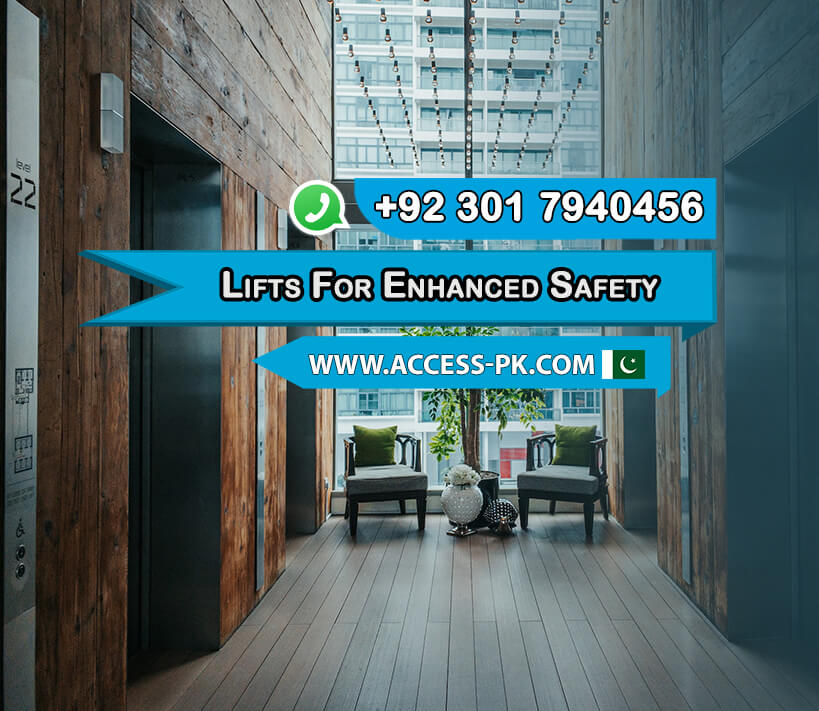
Investing in quality lifts becomes paramount for enhancing safety, especially when considering patient transfer lifts, frequently used alongside a hospital bed lift. Manufacturers design high-quality lifts with a strong emphasis on durability and safety features, rendering them a worthwhile investment. While they may entail a higher upfront cost, the long-term benefits outweigh this initial expense.
Quality patient transfer lifts are built to withstand the rigours of healthcare environments. They are constructed with robust materials, ensuring durability even with frequent use. This sturdiness not only extends the lifespan of the lifts but also reduces the likelihood of unexpected breakdowns that could compromise patient safety.
Additionally, high-quality patient transfer lifts come equipped with advanced safety features. These features often include secure harnesses, intuitive control systems, and fail-safes that minimize the risk of accidents during transfer procedures. By investing in lifts with these safety enhancements, healthcare facilities prioritize the well-being of both patients and healthcare professionals.
Choosing reputable manufacturers and suppliers is essential when investing in patient transfer lifts. These companies typically offer better warranties and customer support, simplifying the process of obtaining spare parts and technical assistance when needed. The peace of mind that comes with quality equipment and reliable support further justifies the investment in safety and reliability.
In conclusion, investing in quality patient transfer lifts, particularly those used alongside a hospital bed lift, is a strategic choice for enhancing safety in healthcare settings. These lifts offer durability and advanced safety features, reducing the risk of accidents and ensuring the smooth operation of patient transfers. Prioritizing quality equipment from reputable sources demonstrates a commitment to the safety and well-being of patients and healthcare professionals, making it a wise investment in the long run.
Get Free Quotes

